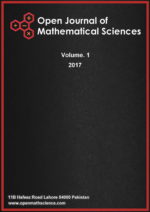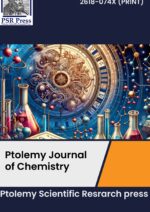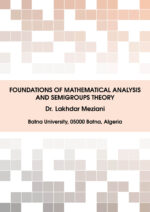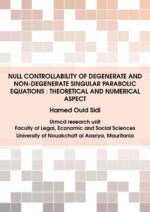TCMS-Vol. 2 (2022), Issue 2, pp. 24 – 31
Open Access Full-Text PDFJoseph Maalouli MD, Patricia Nehme MD, Marie Merheb MD and Elie Gharios MD
Abstract: Subjects and methods: A prospective, monocentric clinical trial study was conducted at Mount Lebanon Hospital (MLH) between November 2018 and November 2021. After getting approval from the ethical committee, 237 patients were enrolled on a ratio of 1 to 2 in two groups: the first receiving Oxycodone 5 mg IVP with Zofran 4 mg IVD and the second receiving Morphine 5 mg IVP with Zofran 4mg IVD. Pearson’s Chi-square test and Fisher’s exact test were used to checking for the groups’ differences.
Results: Morphine and Oxycodone had a similar analgesic effect. The use of Zofran lowered PONV incidence rates in both groups. A statistically significant (p-value = 0.047) lower nausea and vomiting incidence in the Morphine group (2.5%) was noted compared to the Oxycodone group (8.8% incidence). Only 10% of Oxycodone group patients and 8.9\% of Morphine group patients had moderate nausea and vomiting, and none of the group’s patients had severe nausea and vomiting. Surgery duration, gender, age, smoking, BMI, pain level, and treatment group were not statistically associated with the severity of NV.
Conclusion: With the same analgesic effect, Zofran injection seemed to lower PONV incidence in both groups, even though the Morphine group had a lower incidence. Zofran seemed effective in lowering the NV severity as well. Therefore, recommending the systematic administration of antiemetic agents in patients receiving Oxycodone or Morphine could enhance patient satisfaction.









